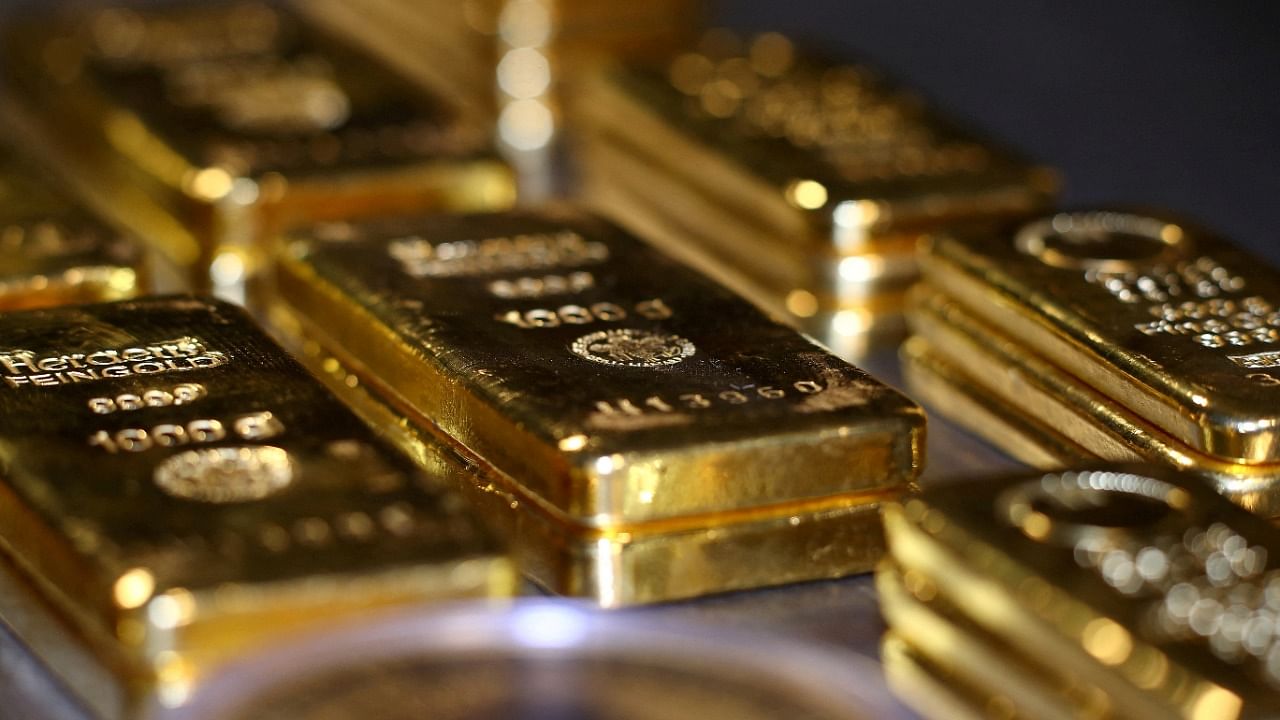
Finally, the text of the much-publicised India-UAE Comprehensive Economic Partnership Agreement (CEPA) is in the public domain. It may be recalled that the agreement itself was signed on February 18 this year.
The focus of this article is on the provisions relating to gold, a commodity of some concern, given the fact that Dubai is the traditional source of gold, both licit and smuggled.
By way of background, it may be mentioned that a key ingredient in all free trade agreements is the Rules of Origin (RoO). Basically, the RoO prescribes the criteria to determine the nationality of a product. Since the benefit is to be extended only to goods originating from the partner country, these rules are of critical importance. India would not want third country goods getting preferential access into the country through the FTA route.
Chapter 3 of the India-UAE CEPA deals with RoO. The origin criteria adopted whereby the benefit of preferential treatment will be extended is for products falling under the category of either ‘wholly obtained or produced’ or ‘have undergone sufficient working or production’. These terms have been defined in the CECA (Article 3.3 and at Annex 3B ibid).
Free trade agreements have Product Specific Rules (PSR), also specified Harmonised System (HS) code-wise. (The HS system is the standardised universally accepted numerical method of classifying products).
Thus, for chapter 71 of the HS (natural or cultured pearls, precious or semi-precious stones, precious metals, metals clad with precious metal, and articles thereof; imitation jewellery, coin), the PSR specified is Customs Tariff Sub Heading (CTSH) plus 40%. CTSH indicated here means change to this subheading from any other subheading, indicating some working upon has taken place with a value addition of 40%.
The HS code mentioned is ‘Ex Chapter 71’. What is ‘Ex’ has not been defined. As per WTO, ‘Ex’ code is used to reflect the fact that a narrowly defined product (tariff line) is further subdivided because it has two or more duties. In the case of the CEPA, for HS 71, ‘Ex’ is used for the entire chapter. This would suggest that a value addition of 40% is required for any item under chapter 71 to get preferential benefit. Typically, such a high degree of value addition in any high value product is always challenging and prone to misuse.
The CEPA at Annexe 2A has the Schedule of Specific Tariff Commitments of India (Schedule) on trade in goods. Annexe 2A is a consequence of the commitment given in Chapter 2.4 of CEPA which highlights the process of elimination of customs duties (the ultimate goal of all free trade agreements being gradual reduction leading to elimination of duties).
Serial number 7905 of the Schedule is from where items falling under chapter 71 commence. Serial 71081100 relating to non-monetary gold powder shows an effective rate of 10% being offered as against the standard rate of 12.5%. A tariff rate quota (TRQ) of 200 tonnes to be phased in 5 years has been prescribed.
Thus, as per the schedule of tariff rate concessions, in the year 1, a 1% absolute duty reduction over the applied rate is prescribed and a TRQ of 120 tonnes specified. The TRQ makes little sense given the fact that as per Gems & Jewellery Export Promotion Council data, the total quantum of gold imported from UAE in 2021 was about 120.16 tonnes (in effect, the preferential benefit will be for all imports).
Serial numbers 7987 to 7993 covering ash, waste, scrap, sweepings and other waste and scrap of gold, platinum, silver, all of which presently have a rate of 12.5% effective rate, have been given the benefit of TEI (tariff elimination immediate).
This is strange to put it mildly and it is not very clear whether this is a benefit consciously sought to be extended. This is even more strange since there is no definition of what constitutes scrap or waste in the CEPA. To compound matters, waste and scrap have been included under the list of products which fall under ‘wholly obtained’ category and thus would require no value addition or further processing.
It is likely that the flood gates of unbridled import of gold from UAE in the guise of scrap are being opened. As per OEC.world, UAE with a total import of waste or scrap containing gold to the tune of $757 million, is a major scrap importer.
The Carnegie Endowment for International Peace’s Report on Dubai’s role in facilitating corruption and global financial illicit flows is damning. It suggests that gold obtained from dubious artisanal and small-scale gold mines is wrongly declared as ‘scrap’ when it enters Dubai. Against this background, it is imperative that we should ensure that CEPA does not become a money-laundering mechanism.
The Central Board of Indirect Taxes & Customs (CBIC) had in 2020 amended certain provisions of the Customs Act and introduced The Customs Administration of Rules of Origin under Trade Agreement Rules (CAROTAR). This was done primarily to strengthen the certification procedure and ensure benefits are extended only to eligible FTA imports.
CAROTAR can be effective only if the trade agreements themselves do not have loopholes and give room for interpretation. Otherwise, the process will only lead to avoidable legal disputes.
The Schedule of Specific Tariff commitments has not yet been notified. There is still time for a relook to ensure benefits are being extended only where intended.
(The author is Chairman (Retired), Central Board of Indirect Taxes & Customs)
Check out latest DH videos here